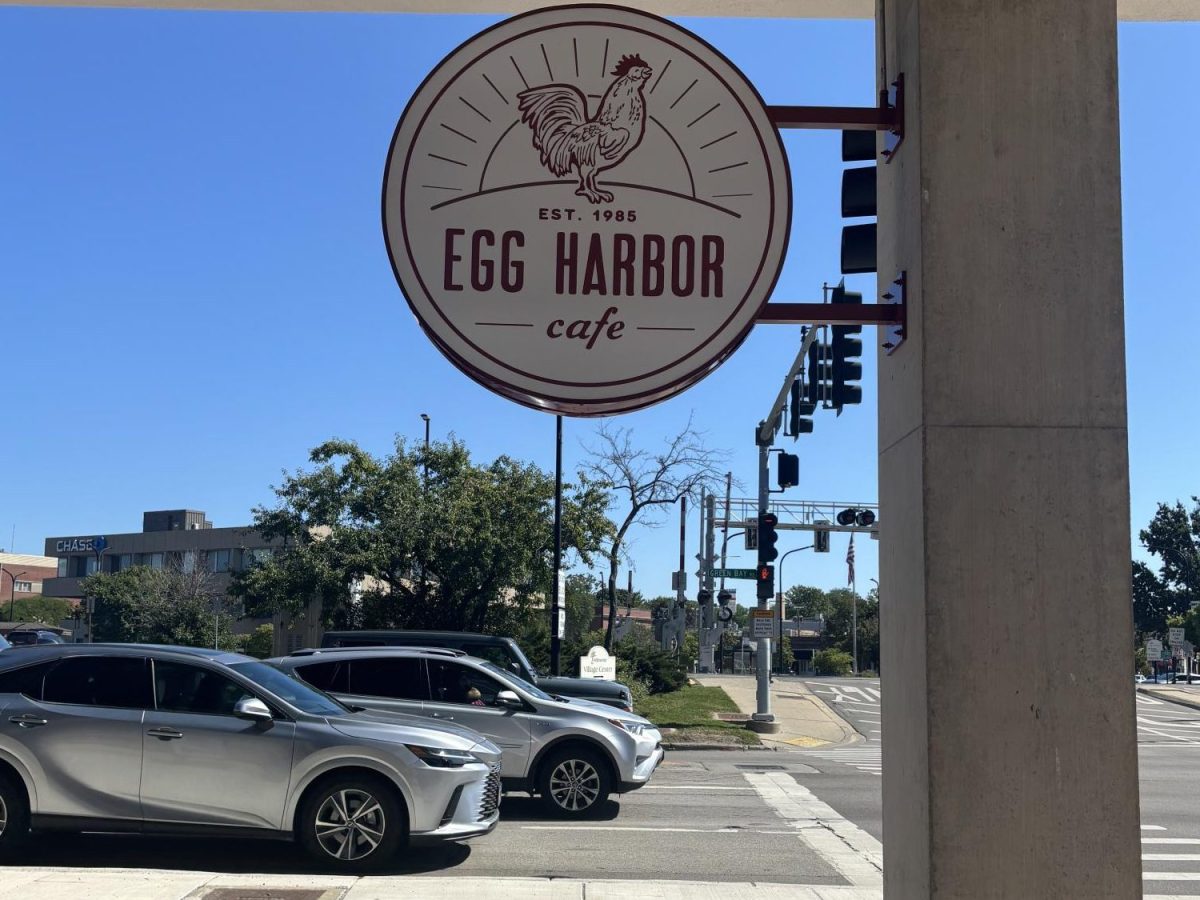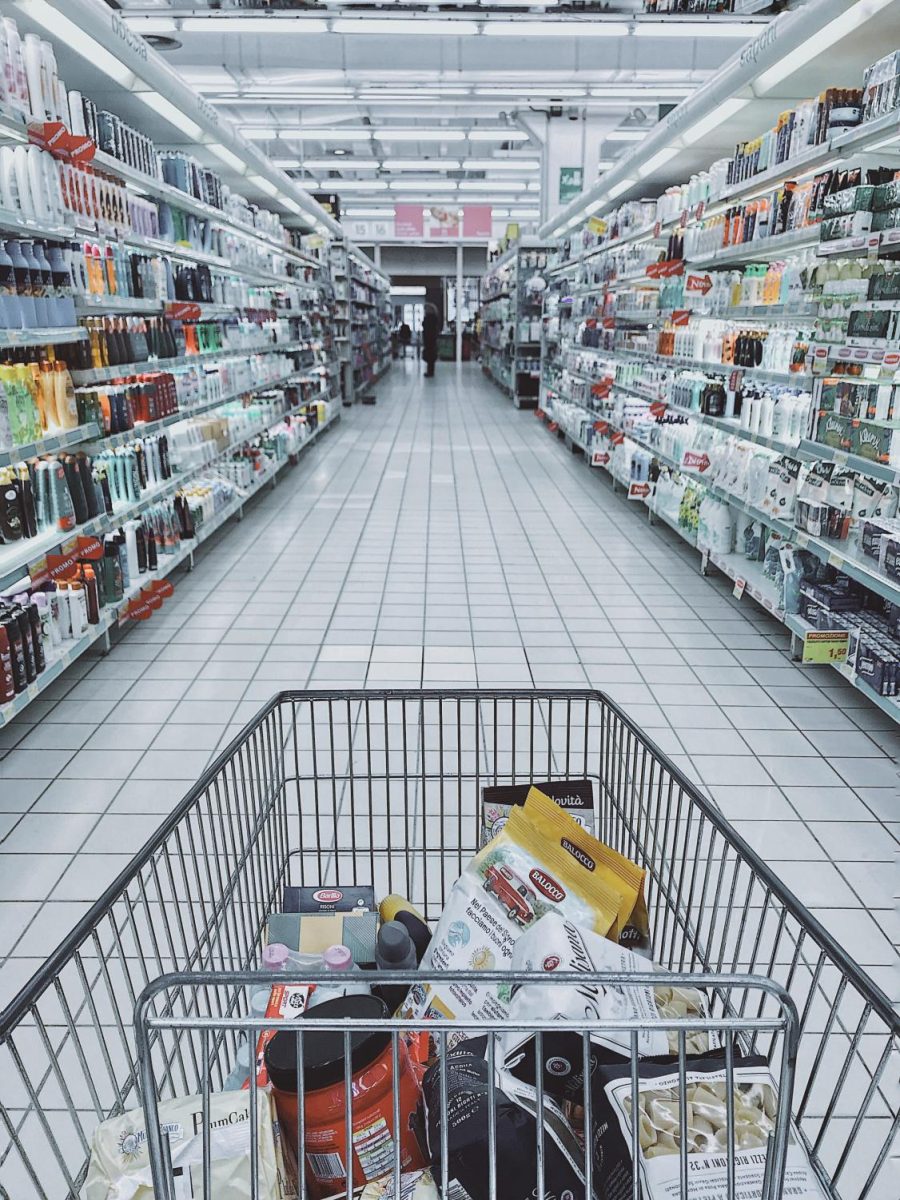There is a supply chain crisis, but can you see it?
December 13, 2021
Currently, the U.S. economy is threatened by a furious halt within the supply chain which countless industries and companies directly rely upon.
Yet, what is the supply chain?
The complexity of the supply chain can simply be summed up as the steps leading to the production of one single good and bringing it into the hands of a consumer. For instance, these events could include transporting or manufacturing a product before being sold to the public. Without a supply chain, companies across the United States could not provide consumers with most or all of their products.
The United States is a country relying greatly upon agreements with other nations in fulfilling the production of specific products. In fact, much of what is sold within the United States is imported from foreign countries.
Goods ranging from automobile parts to masks cannot completely be produced within the United States. This dependence upon other countries, originating from the birth of the U.S., has come at a very great cost — one that can only be fully perceived after contemplating the effects of a worldwide pandemic.
COVID-19 and the Supply Chain
The Coronavirus Pandemic impacted every person across the globe in one shape or form. While one’s experience with the dreadful virus may be different, one thing is for sure: it has infected the United States’ economic structure.
As we may remember, or try not to, when Covid-19 was officially declared a threat to public health in March of 2020, the United States was in a state of shock.
Many people quit their jobs, attempted to work from home, and even may have risked the virus in order to maintain their occupations. Nonetheless, the Pandemic had a major impact upon industries across the nation. Yet, similar to coronavirus variants which continue to threaten people across the globe, the U.S. continues to be plagued by an endless supply chain crisis stemming from Covid-19.
According to The New York Times, “When the pandemic struck in early 2020, people and businesses were quickly forced to restrict their activity, sending the global economy into a brief but damaging free fall.” With the occurrence of a global pandemic, factories across the globe began to temporarily close down most operations, initially causing the supply chain issue at hand today.
Now you know the supply chain was immediately interrupted by lack of trade and productions being manufactured. Yet, here’s where it gets a little more interesting.
While factories across the globe were closed down, demand in countries including the United States skyrocketed. The pandemic and the need for medical equipment was the initial contributor to such a demand, but as time went on, people wanted and had money for more and more products.
The entire globe can purchase an item just by touching a keyboard at home, leading to a new and enormous demand for goods.
A demand that brings us to today, in the midst of 2021.
What Happened to The Supply Chain Issue?
While the entire globe continues to combat the coronavirus and its variants, a lot has changed since the start of the pandemic. The world has been introduced to several Covid-19 vaccines and now a booster, we have adjusted ourselves to wearing masks, and most students have attended almost half a school year in person.
A lot has changed and a lot has not.
The supply chain crisis has continued to be a popular topic within the news and media for some time now. However, in my opinion, I feel the stores and companies within the New Trier Township have not brought attention to such an issue.
While the supply chain crisis is threatening the United States, it is hard to face such a reality as I visit countless stores that seem to have a full stock of products on their shelves.
How are shelves still stocked in the midst of a historical nationwide crisis?
They aren’t. In order to continue to draw customers into grocery and convenience stores, many companies have attempted to mask the current crisis at hand in order to turn a profit. As they say in theatre, “the show must go on!”
A November 2021 Wall Street Journal story mentions how “grocery stores are trying to present an appealing and seemingly organized front for customers. To do so, some are turning to age-old tricks of the trade, and developing new ones, to cover up gaps on the shelves.”
Also, according to Business Insider, “Grocery stores are becoming more creative in how they cover up supply chain-related product shortages to make shelves appear fully stocked. Some of these tactics include using cardboard photo cutouts of key items to cover bare shelves or altering the store layout to fill gaps.”
Businesses all across the nation are attempting to hide the harsh truth from their customers. The truth is, grocery stores and other businesses may be suffering from this supply chain crisis, fearing to reveal such a fact to the public.
There is a supply chain issue within the United States, whether we like it or not. However, many businesses have attempted to erase this crisis from the minds of their customers. It is very likely this crisis is not going away any time soon, but it is our job as students to analyze what is happening to our economy and not succumb to the false images many companies around the world are presenting to us.
So the next time you walk into your local grocery store, think about the madness occurring behind the curtain.












































